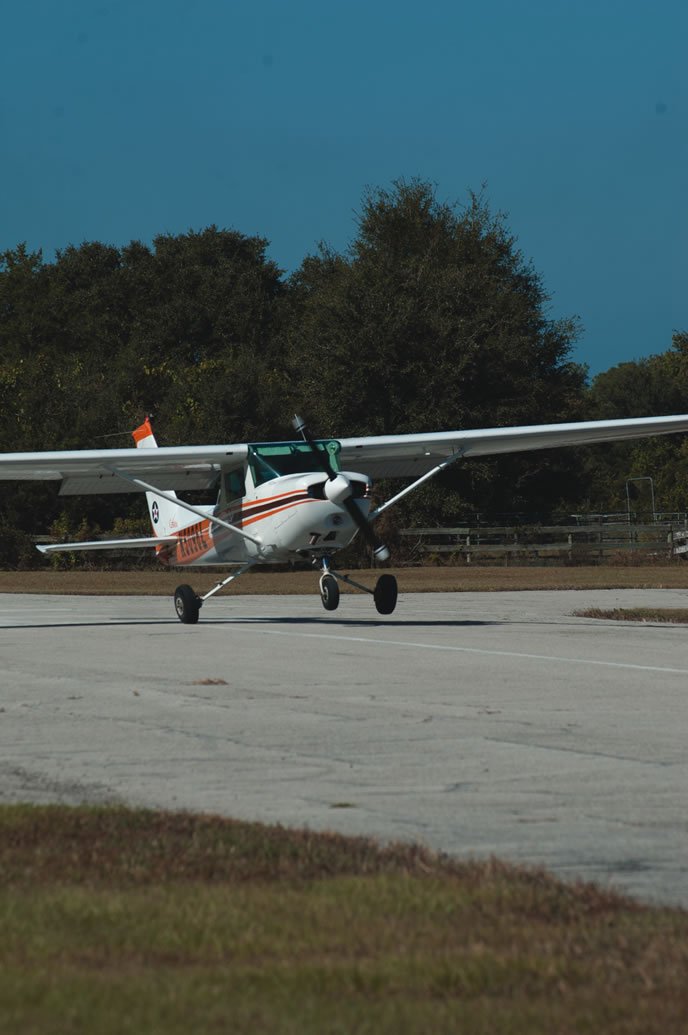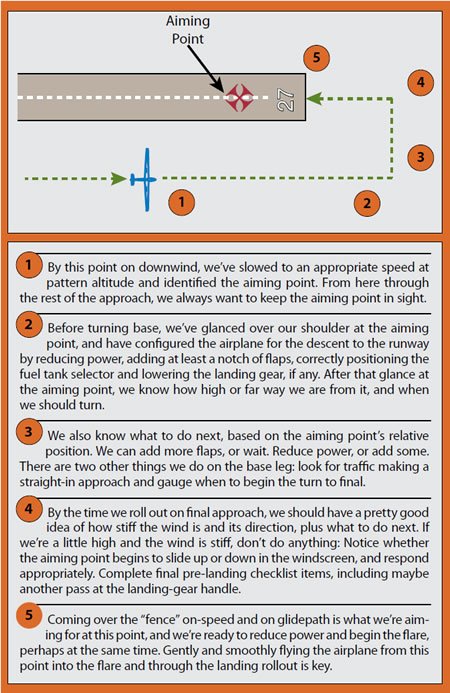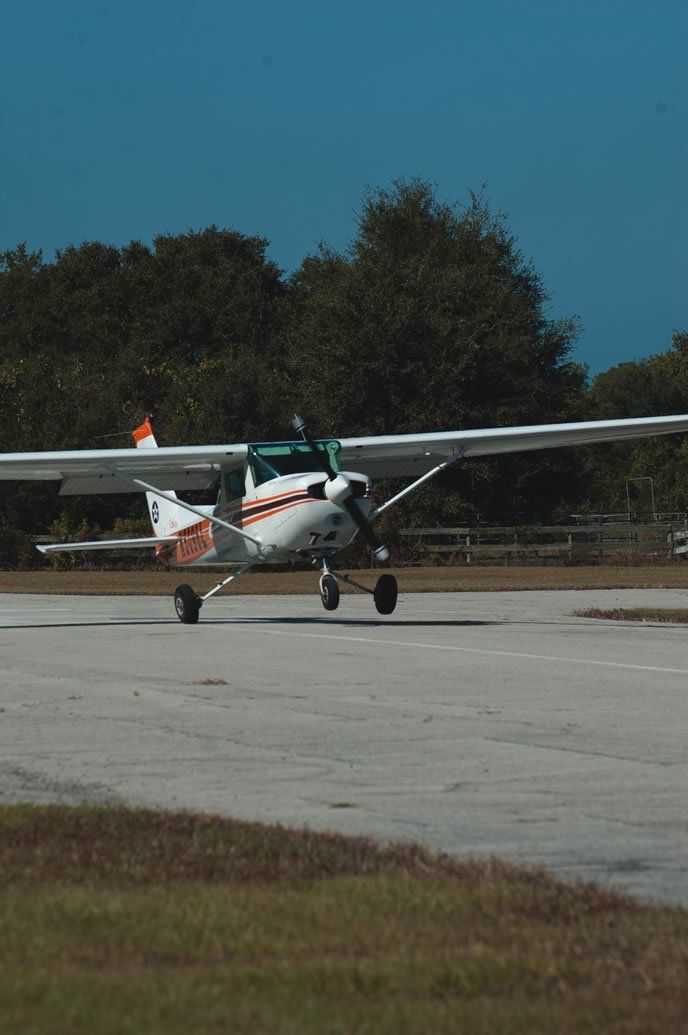If you’re doing it right, and everything works as advertised, that takeoff you just made eventually must be followed by a landing. While takeoffs pose their own challenges, landings can be problematic for many pilots. You might have a problem with airspeed, or with when and how to flare. You might have a problem with picking an aiming point, or what to do when pointing the airplane at it becomes elusive. But thousands of pilots make thousands of successful, we-can-use-the-airplane-again landings each day, and none of them are super-pilots. You can, too.

The truth is no two landings are precisely the same. The trick is making them seem that way to observers. And make no mistake: landings often are the only part of the flight on which you’ll be judged. You can shoot a one-engine-inoperative approach to circling minimums, in snow, at night, smoothly maneuver to final approach on the opposite runway and manage a 30-knot crosswind while doing it, but if you bounce the landing, you’ll never hear the end of it. If you’re having trouble with landings—or if you just want to get better at them—there are some basic things you should consider.
AIRSPEED, AIRSPEED, AIRSPEED
When making suggestions about how to improve landings, airspeed is on everyone’s list, and we’re not going to break with that tradition. There’s a reason manufacturers publish recommended speeds for various maneuvers, and landings definitely make that cut. One of the “secrets” about good landings is they result from placing the airplane over the runway at a speed and altitude from which two simple actions—reducing power and pitching the nose up—mean the airplane has no choice but to land. Your job is to manage the airplane’s energy to get it over the runway at the necessary speed and altitude. Simple, right?
Well, maybe. Conveniently getting a couple of tons of airplane to fall gently out of the sky when and where you want does take some planning, which we’ll get to in a moment. But Job One of any landing is nailing the appropriate airspeeds, not just into the flare, but over the “fence,” down final and even on downwind. Again, we’re trying to manage energy, and starting out with too much of it—or too little—means we have to compensate.
If we bring too much energy into the flare over the runway, a couple of things can happen. One, we float in ground effect until dissipating our excess energy and speed so the airplane finally descends to the runway, hopefully with room to stop. The other thing that can happen is ballooning—instead of maintaining our altitude above the runway, we climb slightly. Ballooning puts us in a worse situation than before: We’re higher above the runway than desired, and the brief climb dissipates even more of our energy. Too often the result is a stall/mush above the runway, but high enough that touchdown is firmer than we would like.
Carrying too little energy into the flare is equally bad. The good news is this situation can be remedied by adding a touch of power, or simply carrying it a little longer into the flare than you might otherwise. Preventing the airplane from approaching too fast or to slowly is what airspeed control is all about.
Aiming Point
The energy we need to manage is required to get us to our aiming point. At smaller airports, it’s common to use the runway number as the aiming point. Instrument runways have distance markers on them, and the idea is to touch down at least 500 feet beyond the threshold.
When we’re flying a standard pattern to the runway, whatever we use for an aiming point needs to be readily identifiable on downwind. Whatever you use, it’s common to reduce power and dirty up the airplane abeam it. From there to the runway, we need to keep the aiming point in sight as much as possible. Any pitch, drag or power changes we make from there on in should be based on our position relative to the aiming point. You should know by now that if the aiming point appears to trend upward in the window, you’re descending below the glidepath you’ve chosen, and you’re too high if it starts sliding downward.
To manage our energy along the way, we should know in advance what airspeeds and power settings to aim for at various points along the approach, along with how the airplane is configured. Many of us have been trained to change things in stages during an approach—a notch of flaps here, another 100 rpm there—and it’s usually not a good idea to do things quickly in an airplane. The graphic below summarizes and expands on these ideas.

Sight Picture
Once we get to the runway threshold, we’ll likely lose sight of our aiming point unless it’s a long runway and we want to touch down closer to the other end. By then, our energy should be such that we’re on-speed and 50 or so feet above the runway, descending. As we raise the nose to flare, our view of the aiming point likely will be hidden by the airplane’s rising nose. Of course, we built that into our aiming point selection, approach planning and energy management, so our aiming point still is in front of us. What to use for visual cues during the flare and touchdown since we can’t see the aiming point any more?
We’re basically “forced” to use airplane attitude to perform the flare, just as we do when flying with a visible horizon. By focusing on the nose and its relationship to the apparent horizon—or distant trees—we gauge how far and how quickly to pitch up the nose in the flare. Of course, at this point in the landing approach, we’re certainly flying visually, no matter how we got there, so there shouldn’t be any need to transition from one method of establishing the airplane’s attitude to another. In other words, the main tool you need to estimate how high you’re pitched the nose is right there in front of you, where it’s always been. What about directional control? Peripheral vision, which is surprisingly good in this instance, and we use it to help with directional control.
Meanwhile, depth perception is an integral part of our sight picture when nearing the runway, and helps us determine when to begin the flare itself. Put another way, we must be able to gauge how high we are above the runway when deciding to begin arresting the descent.
When it comes to beginning the flare—or round-out as some prefer—a lot of effort has been made over the years trying to explain how we know when we’re too high, when we’re too low, and when we’re Mama Bear spot-on. The answer to this dilemma has two parts. The first depends on the airplane; how high or low our chair is relative to the runway and the landing gear. The second part involves our rate of descent—a higher descent rate means we need to start the flare earlier.
The easiest way to teach or learn this skill is flying multiple low approaches down the runway, establishing the airplane a few feet above the runway and keeping it there, not touching down, until it’s time to go around. Do it at around 1.2 VSO (1.3 VSO at gross weight is a typical manufacturer-specified approach speed), which usually provides at least an eight or 10-knot margin between the speed flown and the stall.
Performing this exercise can have three benefits. First is the obvious: learning to gauge how high we are above the runway and what it takes in pitch and power to stay there. Second is a better understanding of the sight picture we should expect. Third is how we use peripheral vision and the sight picture out the windscreen to manage the flare and directional control.
Understanding Wind
It’s understandable to want to practice landings on a calm-wind day, and that’s not a bad way to start. But consistently nailing landings means understanding the wind and to do so you have to fly in it.
Basically, the wind’s strength determines how much time you’ll spend on the downwind, when (not where!) you’ll turn final and how much time it’ll take to reach the runway from there. Crosswinds make things more interesting, and if you’ve got to turn away from the runway on downwind to maintain an appropriate distance from the runway, you’ll have a tailwind on base. This is a setup for a cross-controlled stall when turning final.
Each approach and landing—even to the same runway—is different, and you need to learn how to compensate for the wind. This is another reason establishing and maintaining awareness of your aiming point is critical to managing your energy all the way to the runway. In fact, you may not have time for a base leg, and there’s really nothing wrong with that.
Ballooning
If you’re prone to flaring too high, too quickly or in some combination, you know what “ballooning” is. Some combination of the two has resulted in the airplane climbing instead of leveling off or slowing its descent. Preventing the “too-quick” or “too-high” flare also prevents ballooning.
Once you’ve done the deed, there are two fixes: Go around, or add a touch of power, slightly relax the nose-up attitude and arrest the descent. Remember, you are (or should be) right above the runway, where small corrections in both pitch and power can mean the difference between a greaser of a landing or a firm arrival. Whatever you do, don’t ignore the ballooning: the resulting hard landing could damage the airplane.
Ballooning is easy to encounter on the first landing of the day (when you don’t understand how the plane will react), when fuel burn results in an aft center of gravity or when you simply apply too much nose-up input to the pitch control. If you’re consistently ballooning, we’d suggest paying closer attention to how swiftly you apply that nose-up pitch and/or ensuring you have the correct sight picture. Maybe the runway is sloping away from the airplane, and you’re really pitching up normally.
The basic cure is to slow things down, perhaps adding nose-up pitch incrementally. Either way, wait for the airplane to react, then add more nose-up input as necessary. It’s a rare pilot who hasn’t ballooned, or who developed his or her flaring skills to the point it’s one smooth, continuous motion. Applying an input and waiting to see its effect is perfectly acceptable in the flare.
Adding it All Up
Landings are something we all have to do, but they can give some people fits. It can help to break down the maneuver into its various elements, and ensure we’re both understanding them and doing the best we can with each one. Looking out the window is key, as is understanding your position and trend relative to your aiming point.
There’s an old saying: “Flying is the second greatest thing known. Landing is the first.” It’s always good to be back on terra firma, but the outcome should never be in doubt.
Jeb Burnside is this magazine’s Editor-In-Chief. He’s a 3100-hour instrument-rated ASEL/ASES/AMEL commercial pilot and aircraft owner.




